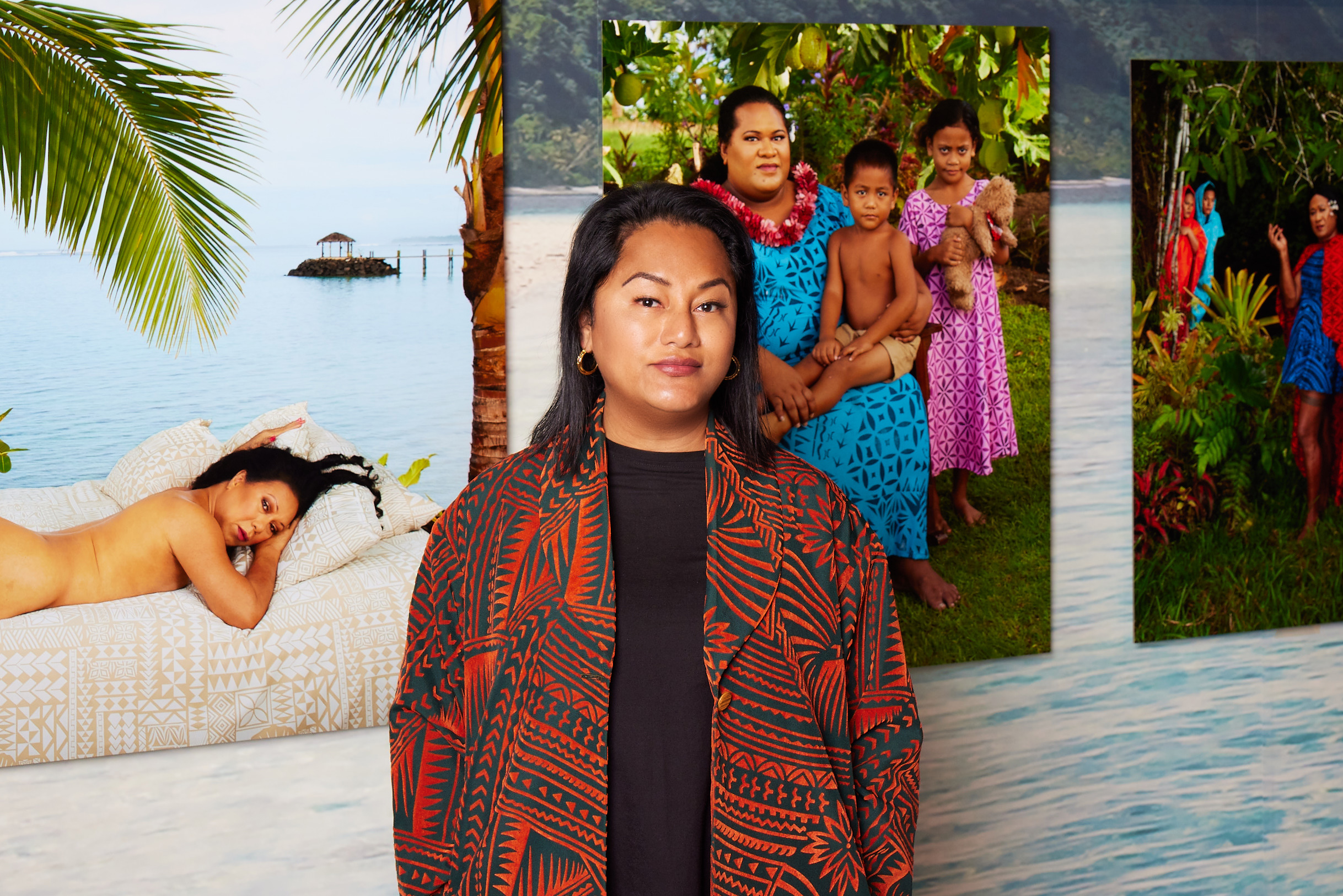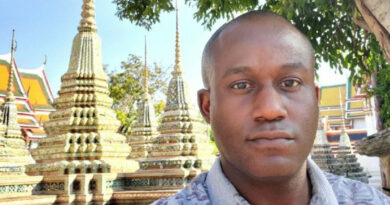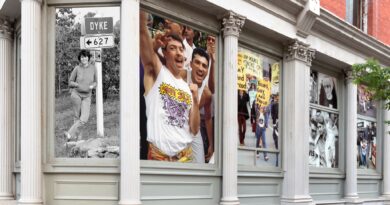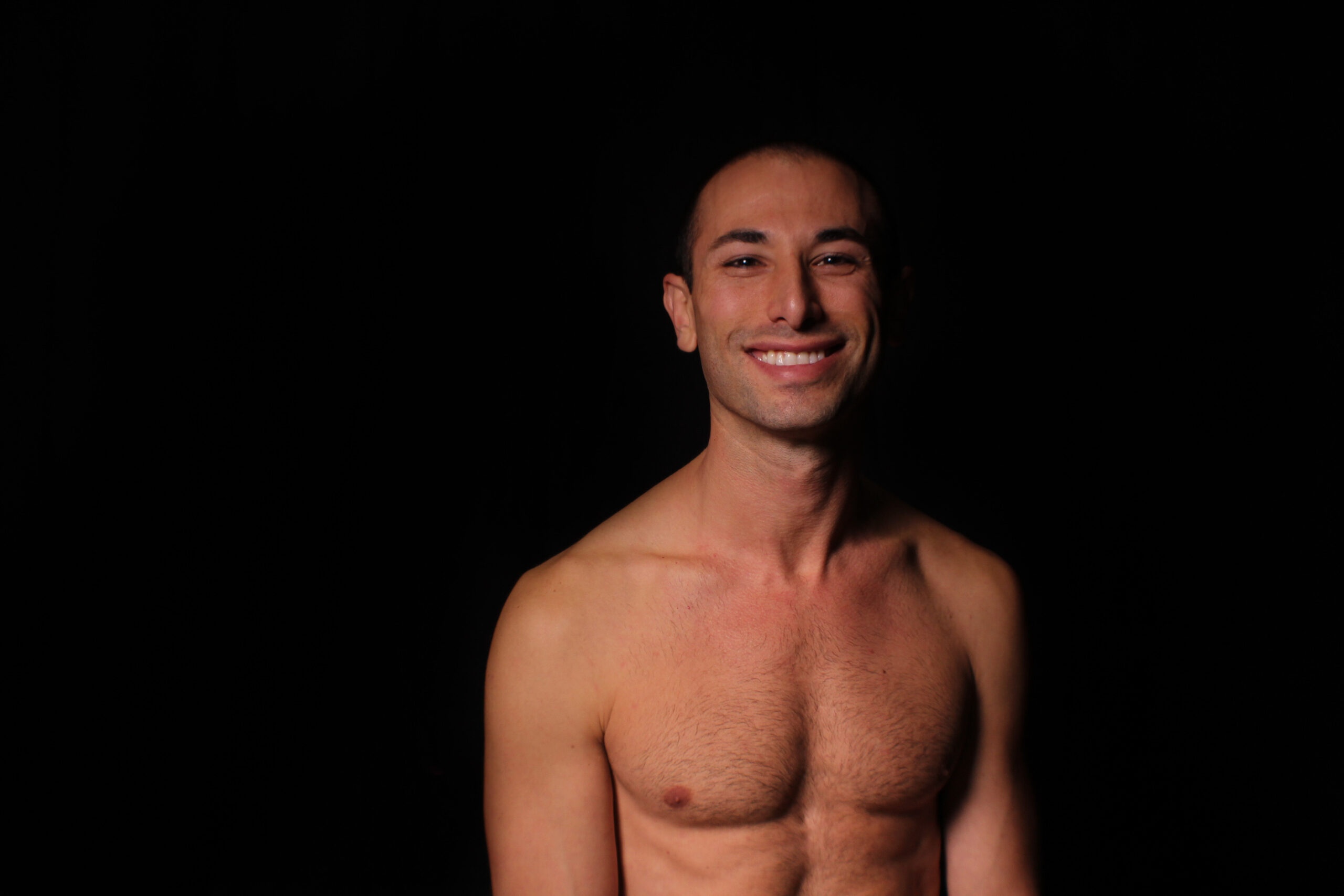Artist Yuki Kihara Elevates the Fa’atama and Fa’afafine Communities in Samoa
Interdisciplinary artist Yuki Kihara upcycles Paul Gaugin’s paintings to create Paradise Camp, an art installation that celebrates the third and fourth-gender communities in Samoa.
Third, fourth, and fifth-gender people have been culturally recognized by First Nations and indigenous communities around the world for centuries. In Australia, traditional Aboriginal communities have multiple genders, which include brotherboys and sistergirls; and quite similar in North America, Native American communities embrace its two-spirit people, a traditional third-gender ceremonial and social role in their culture.
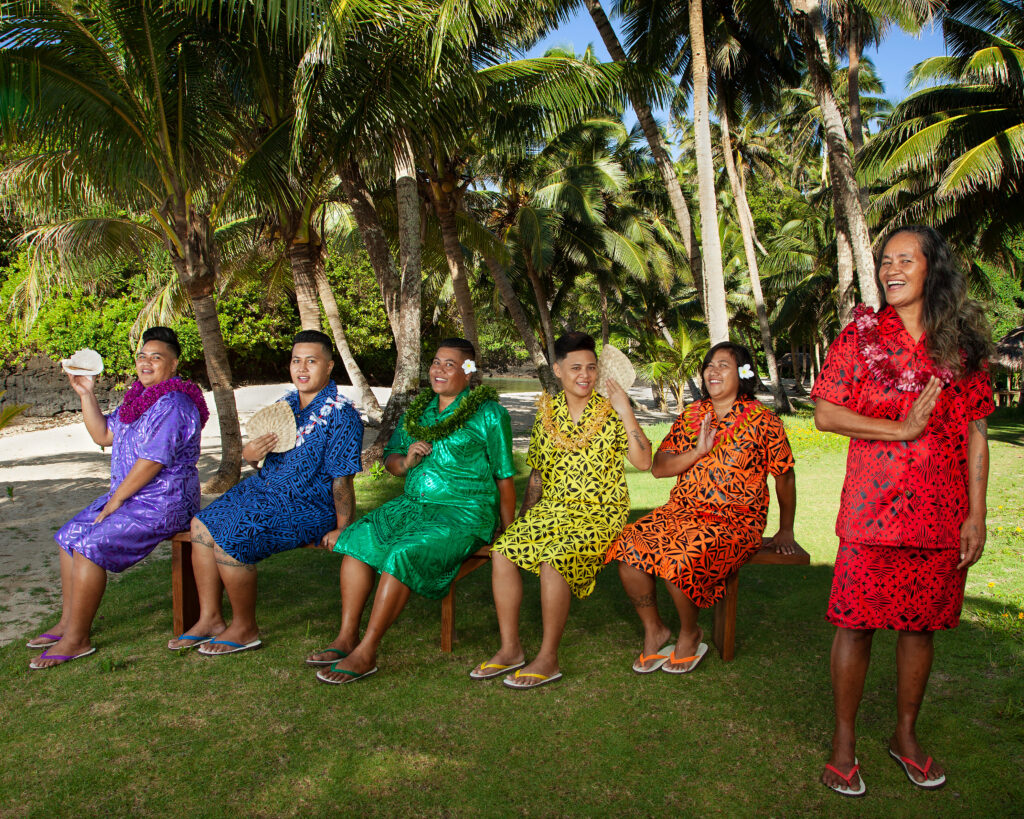
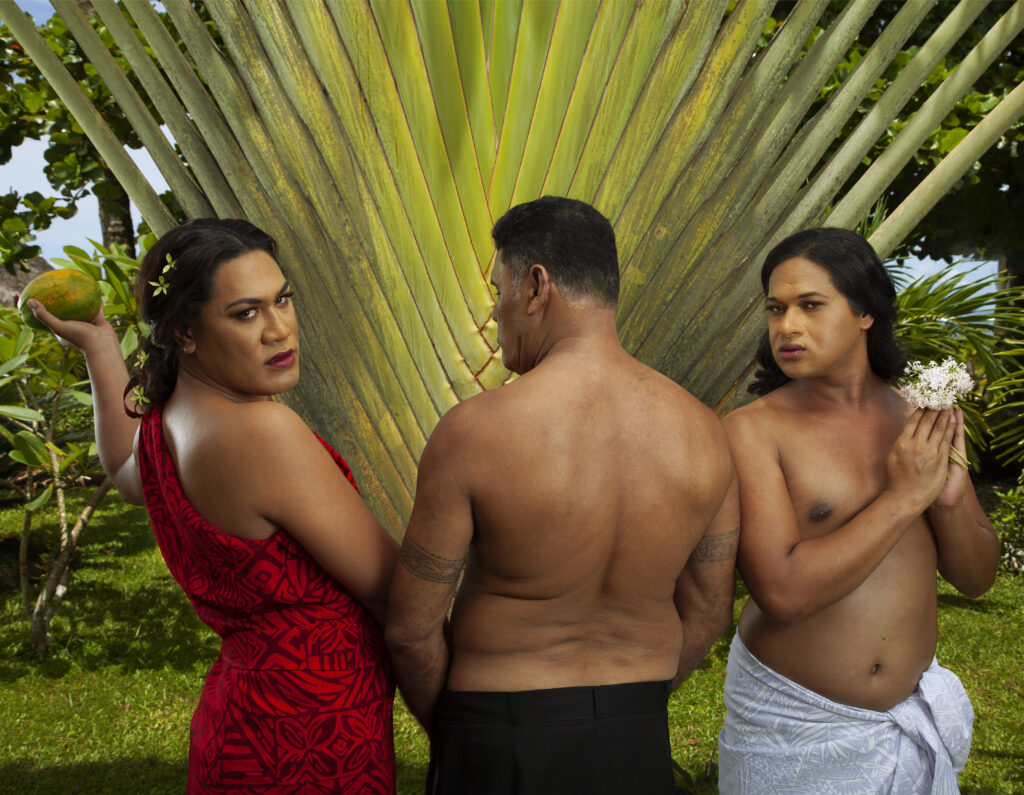
In Samoa, a person may identify as a cisgender man (tane) or cisgender woman (fa’fine), but they can also identify as Fa’atama which means ‘in the manner of a boy’ and it is a compound word used to describe people who are female at birth who express their gender in a masculine way. Whereas Fa’afafine means ‘in the manner of a girl’ and it is used to describe people who are female at birth who express their gender in a masculine way. Both communities are revered and have a designated role in Samoan culture as caregivers to the young children and elderly.
“Indigenous cultures generally see sexuality and gender as something being fluid,” said Yuki Kihara, who identifies as part of the Fa’afafine community. The interdisciplinary artist of Japanese and Samoan descent is flexing her professional creative skills to celebrate Samoa’s underrepresented Fa’afafine and Fa’atama communities with Paradise Camp. To understand the art installation, currently at the Powerhouse Museum in Sydney, you have to clearly understand its origin and the creative mind of Kihara, who reframes history through a contemporary queer indigenous lens.
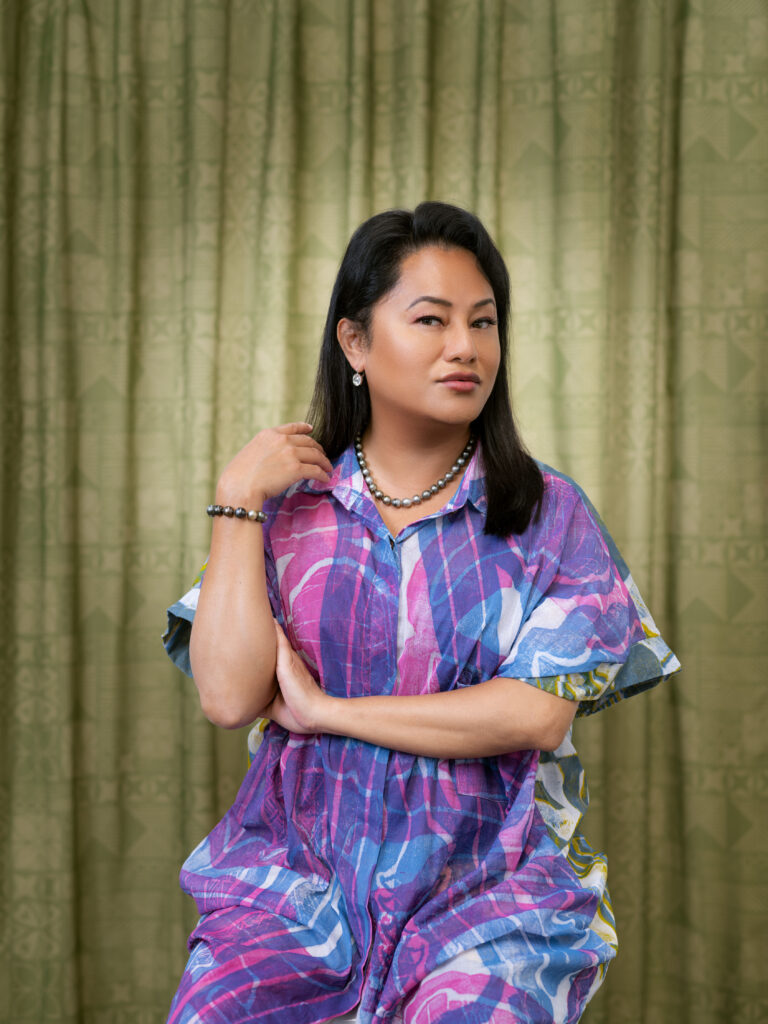
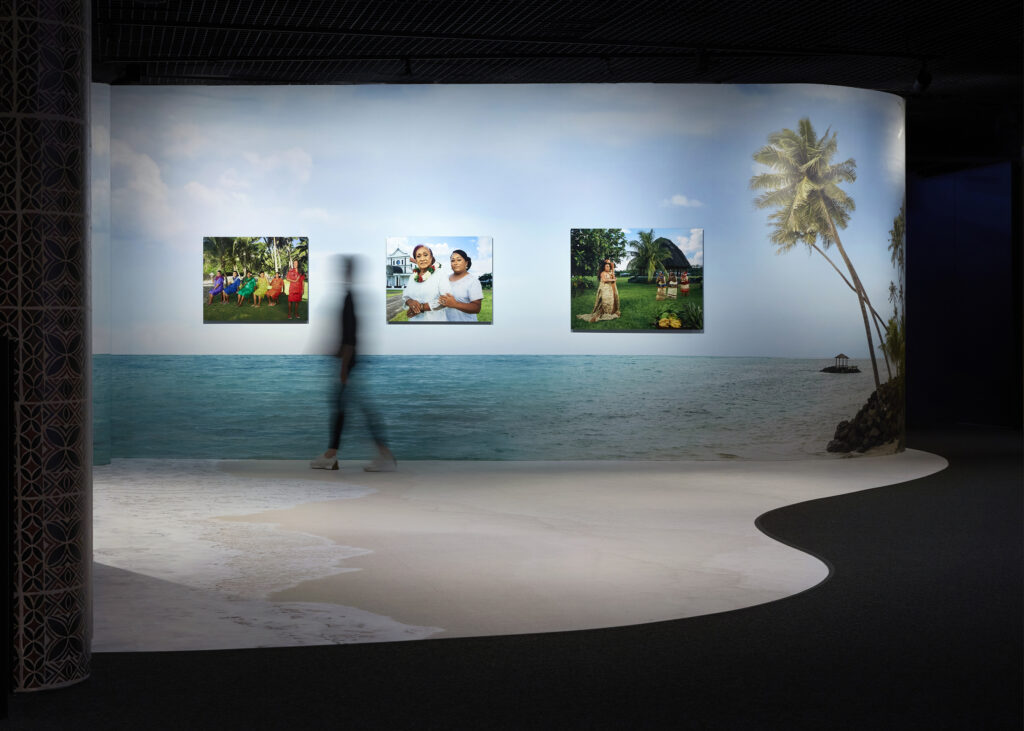
The Origin of Paradise Camp
If asked, Yuki Kihara will tell you that her epiphany to create Paradise Camp started in 2008 while she was presenting a solo exhibition at the Metropolitan Museum of Art in New York City. She had always been curious about Paul Gauguin, a famous French Post-Impressionist artist, and his paintings. She ventured into the Modern Art Gallery to see what all the fuss was about. Up until this point, she had only seen his work on t-shirts and coffee mugs, but at the Met, she was able to see his work firsthand, including “La Orana Maria (Hail Mary)” and “Three Tahitian Women,” and “The Lure of Exotic.”
“When I looked at the paintings a little closer, the scenery in the background and some of the models reminded me of Samoa, including the Fa’afafine community,” said Kihara, who has been studying colonial photography for 20 years. She was curious to see if some of the compositions in his paintings had any connections to Samoan colonial photography.
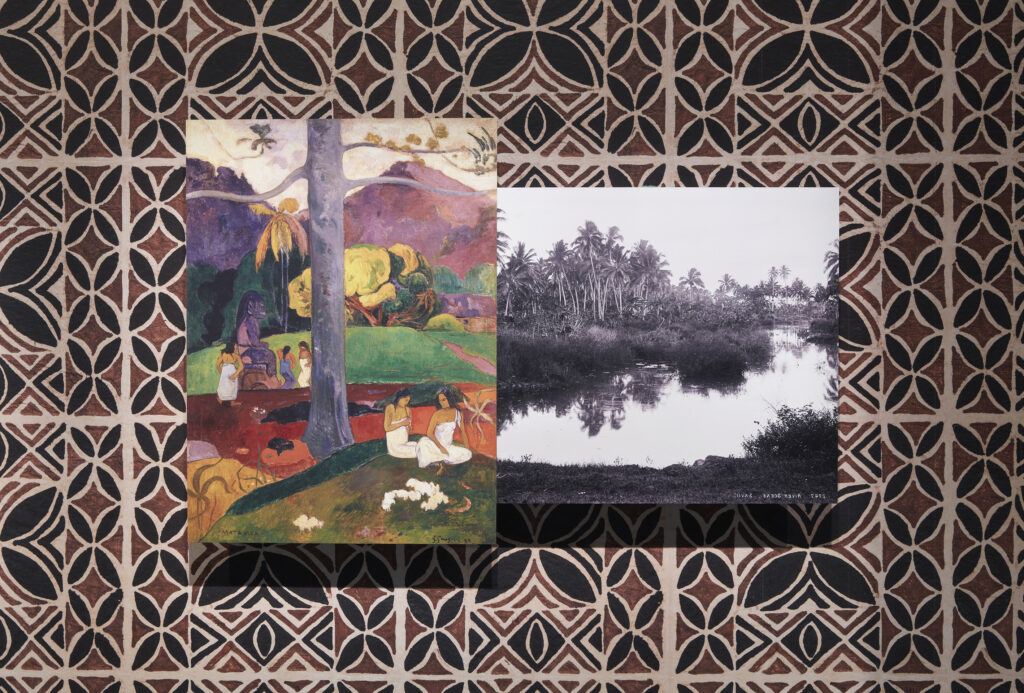
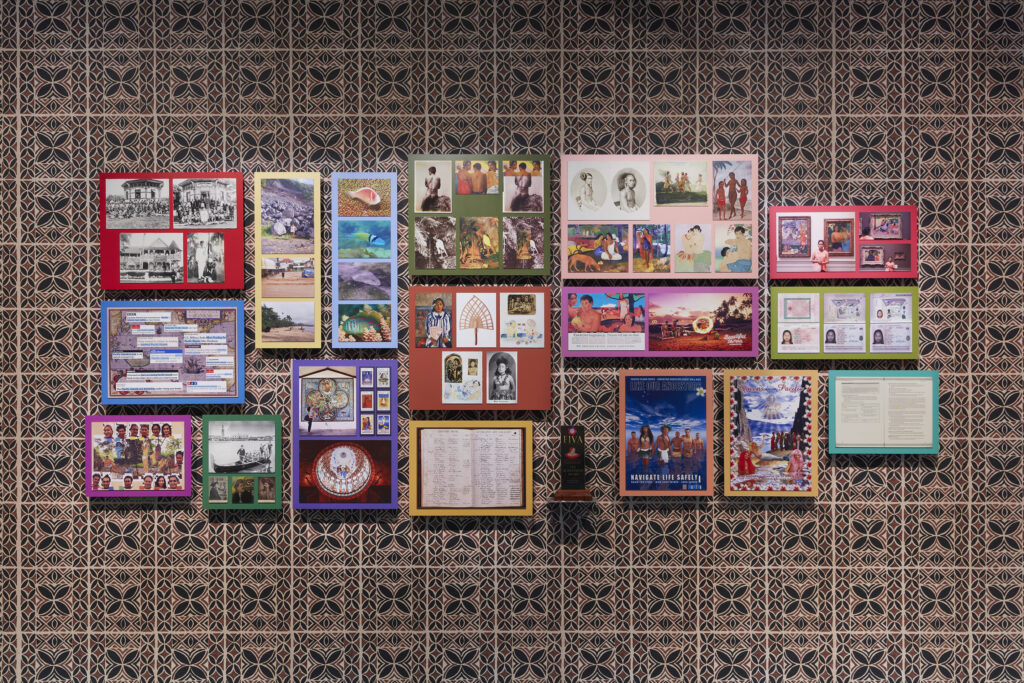
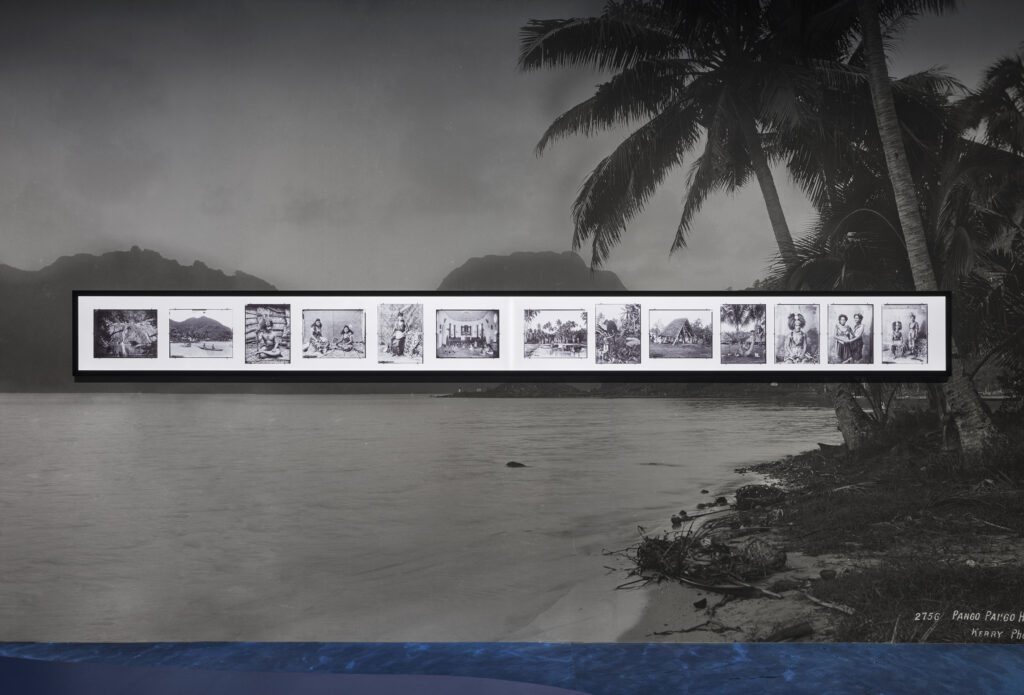
Kihara Upcycles Gauguin’s Paintings
After visiting the Met, she took a more in-depth look at all of Gauguin’s paintings that he produced during his time spent in Tahiti and the Marquesas Islands. Kihara found visual records that Gauguin used photographs of people in Samoa as a foundational reference for creating his major paintings.
“So it was a form of reappropriation. He used the titles to mask the inspiration while passing them off as the likeness of Tahitians in the Marquesas,” said Kihara. That was the genesis of Paradise Camp. She selected 12 of Gauguin’s paintings (produced in French Polynesia) that closely resembled people and places in Samoa through a process called upcycling.
She explained, “Upcycling in the context of sustainability means you take something old and discarded and then you improve it. So, my photographic reenactment of Paul Gauguin’s paintings featuring the Fa’afafine community, I see as a form of upcycling which means I’m doing a better version of his paintings.” Her upcycled artwork features a cast and crew of 100 people in Samoa.
So, how did Kihara come up with the art exhibition’s name? She said that paradise has its origins in religious connotations of the Garden of Eden, which was occupied by Adam and Eve, a white heteronormative cisgender couple. Kihara believes those Western ideas have trickled down to indigenous people, particularly in Samoa. So, she wanted to “deploy the aesthetic ‘camp’ to challenge that notion of paradise.”
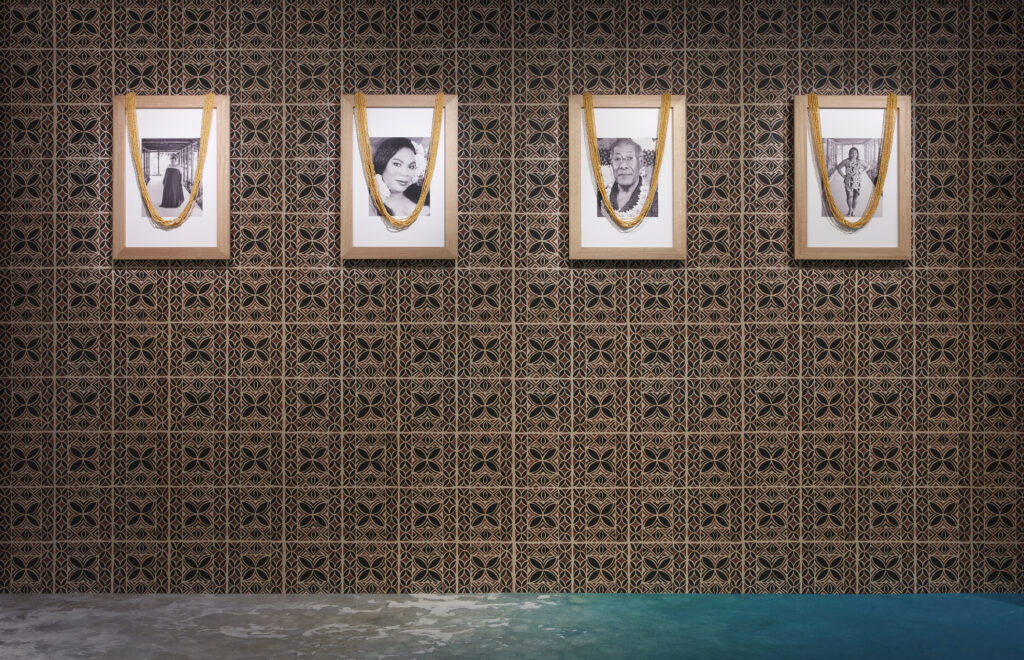
Paradise Camp: Its Journey Home to Samoa
In 2022, Paradise Camp debuted and garnered international acclaim in the Aotearoa New Zealand pavilion at the 59th Venice Biennale. In March 2023, the Powerhouse Museum in Sydney, Australia became the new home to the art installation, but this time around, Kihara draws on the museum’s collection of over 2,900 glass plate negatives by 19th-century Australian photographer Charles Kerry to create the collage Gaugin Landscapes, melding photographs of shorelines and river scenes taken of the Samoan archipelago with landscape paintings by Gauguin. The new exhibition also includes First Impressions: Paul Gauguin, a five-part talk-show series that features a group of Fa’afafine commenting wittily on select Gauguin paintings.
LGBTQ+ art lovers who want to see Paradise Camp will have to catch it before it leaves the Powerhouse Museum on December 31, 2023; otherwise, they’ll have to wait until June 2024 for the Samoan premiere at the Saletoga Sands Resort. Its debut in Samoa purposely coincides with Samoa Independence Day (June 1) to celebrate the country’s more than 60 years of independence from New Zealand. Kihara is excited that Samoa will finally get to see her work, which will also provide much-needed visibility for her community.
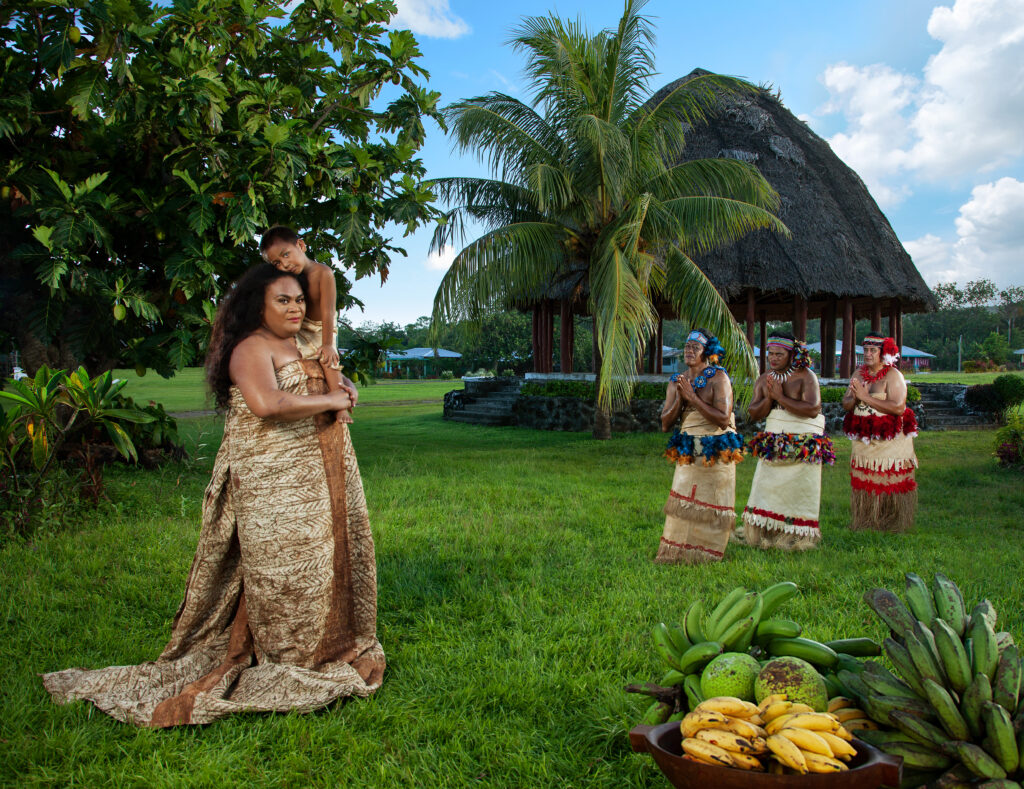
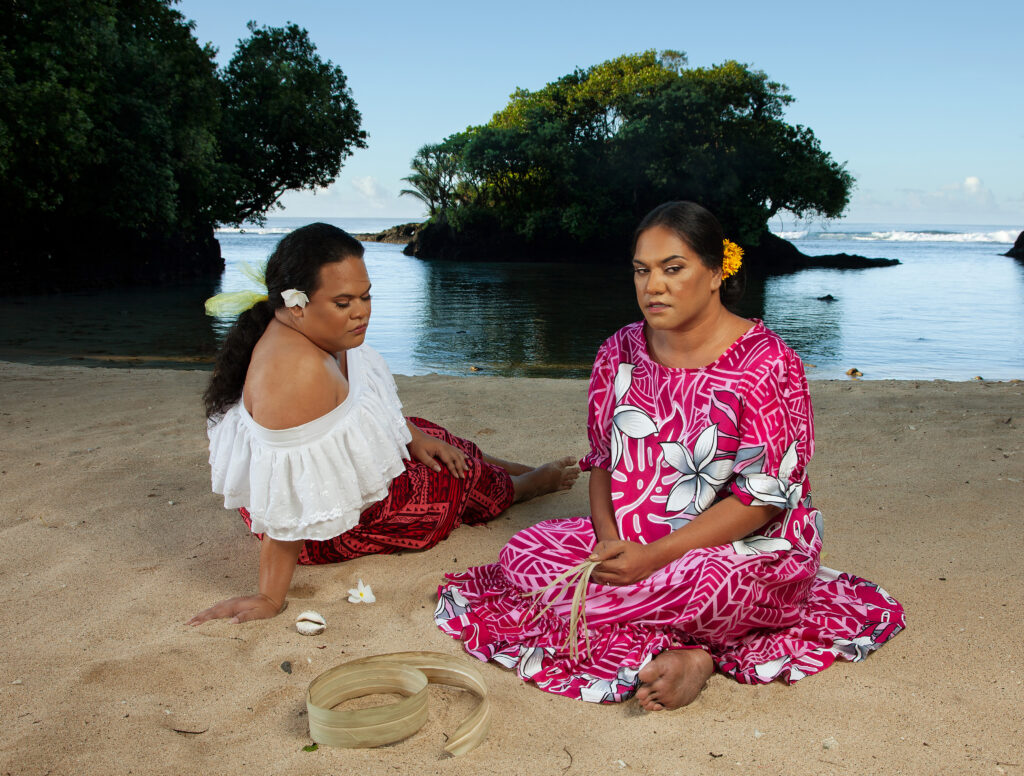
“I actually made the Paradise Camp exhibition for the Fa’atama and the Fa’afafine community. So, if you’re not part of this community then this exhibition wasn’t made for you,” she said. “I wanted to empower the Fa’afafine and the Fa’atama community because that’s the community that is the most underrepresented, most under-resourced, and most misrepresented everywhere, including global media.”
She passionately commented, “And I wanted to provide a safe space for us… just for once! So that we have a safe space for us to reflect on our survival, our resilience, and our fa’a-fabulousness.”
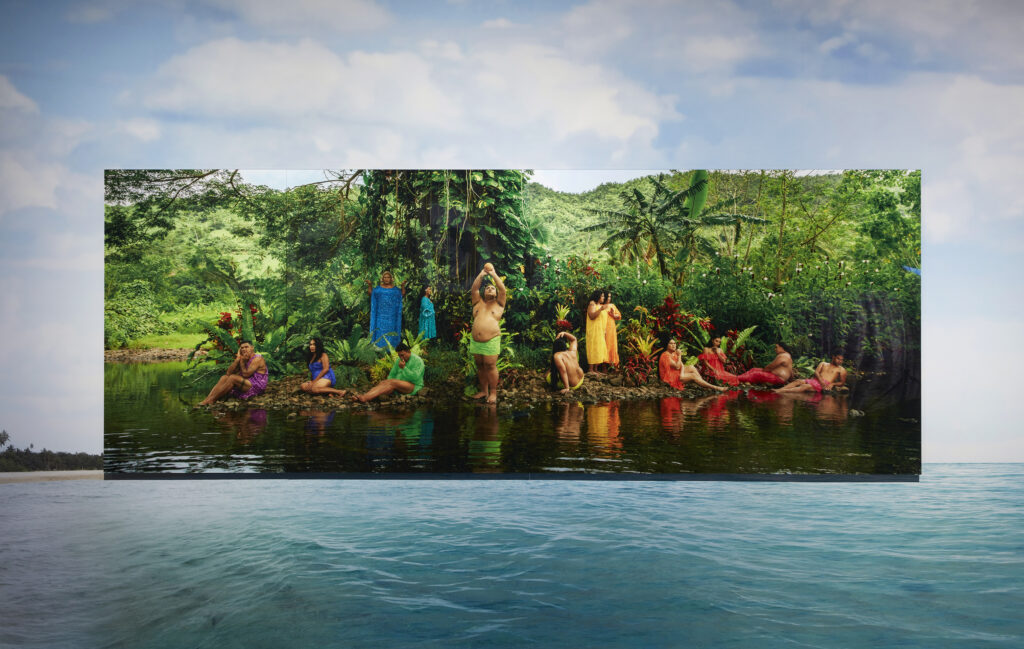
Art aficionados can also purchase Yuki Kihara’s companion book, Paradise Camp, on her publisher’s website here or wherever books are sold. Stay updated on Kihara’s work on her website and follow her on Facebook and Instagram.

